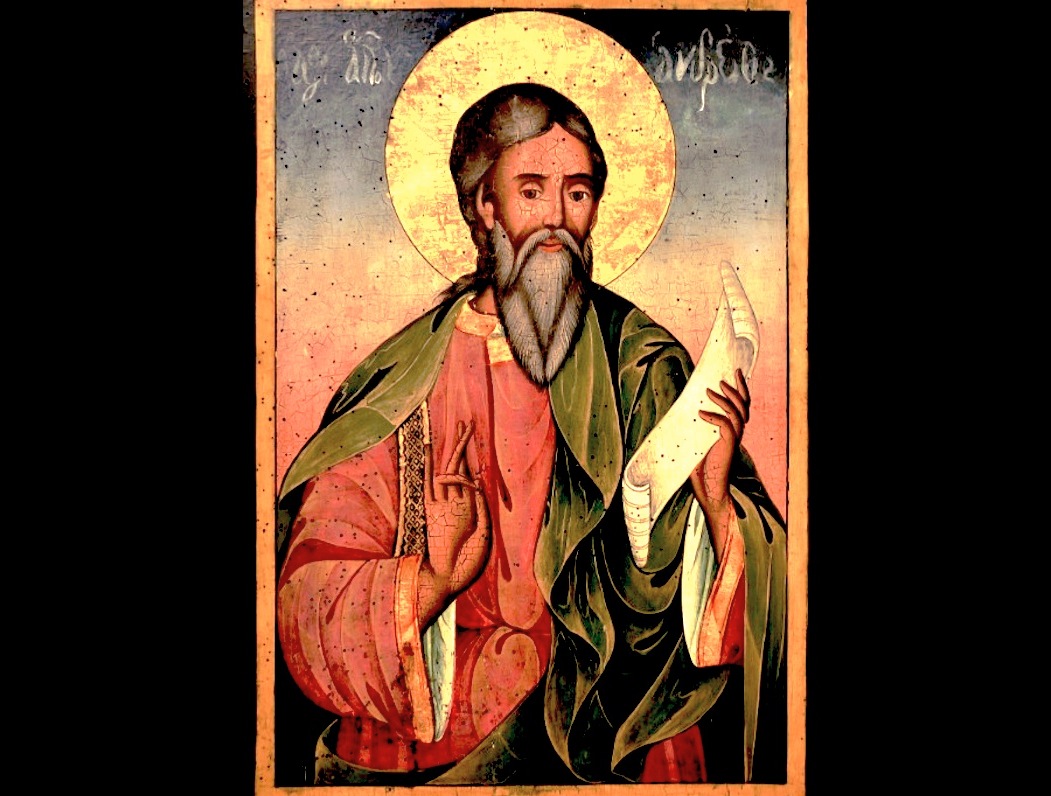Below are the reflections of Fr Daniel Fitzpatrick, Rector of the Pontifical Scots College in Rome on ‘ Celebrating St. Andrew, Scotland in Rome.’
Fr. Fitzpatrick is guest blogger for Ambassador Nigel Baker. This reflection published Nov. 30 is found on Ambassador Baker’s blog available on the British Embassy to the Holy See Website.
***
The celebration of the Feast Day of the apostle St Andrew, brother of St Peter, is one of the high points in the Scots College year. It is an opportunity to invite many friends in the city, as well as some from home, to join the community in celebrating both the College and Scotland.
The Pontifical Scots College in Rome was founded in Jubilee year of 1600 by Pope Clement VIII three years before the Scottish King James VI succeeded to the throne of England. Its original purpose was to secure an education for Scottish boys and young men in piety and in the Christian religion. Some sixteen years later, on the anniversary of the martyrdom of the John Ogilvie, it became wholly dedicated to the education of priests when all its students took the Mission Oath.
The establishment of the College represented another stage in a long history that linked Scotland, Rome and the Holy See. Part of that history is told in the mosaics and stained glass of the current College building. St Ninian the first Christian missionary to Scotland and founder of the first Church at Whithorn was, tradition tells us, educated in Rome, just like our students today. In the midst of the struggles between England and Scotland, the Scottish king, bishops and nobles appealed to Pope John XXII to recognise their independence in the Declaration of Arbroath in 1320. Pope Alexander VI and Julius II gifted the sceptre and sword of the Honours of Scotland, the oldest regalia in the British Isles, in 1494 and 1507, respectively. These symbolic acts represented the religious and political bonds that had grown over the years and the presence in the city of Scottish pilgrims who were given shelter in the Scots Hospice in Rome.
In the course of the history of the college, it has witnessed, and at times been part of, the changing relationships between the Holy See and Scotland, Great Britain and the United Kingdom. Perhaps its most obvious significance was in its role during the Stuart exile in Rome. King James III and Pope Clement XI visited the College on the Feast of St Margaret in June 1717. Some former students of the College accompanied his son Charles Edward Stuart during the Jacobite Uprising of 1745. Charles’ brother Cardinal Henry Benedict was the Cardinal Protector and had a long association with the College.
The eventual repeal of the Penal Laws and the restoration of the Scottish Catholic Hierarchy 1878 led to a period of new relationships and the role of the College Rector as an agent for the Scottish Church in Rome with the Holy See. During that time some of the Rectors had very close contact with the Holy Father. As communication and travel improved this role diminished, but the number of seminarians and visitors increased.
Today, the College continues to be a little bit of Scotland in Rome. As we approach the beginning of a new Holy Year and the 400th anniversary of the Mission Oath, the College looks forward to continuing its role as both a place of welcome for Scots in Rome and a reminder to the Church in Rome of the Church in Scotland founded by St Ninian and dedicated to St Andrew all those centuries ago.
***
On the NET:
Link to the original piece on the blog of Ambassador Nigel Baker: http://blogs.fco.gov.uk/nigelbaker/2015/11/30/celebrating-st-andrew-scotland-in-rome/



